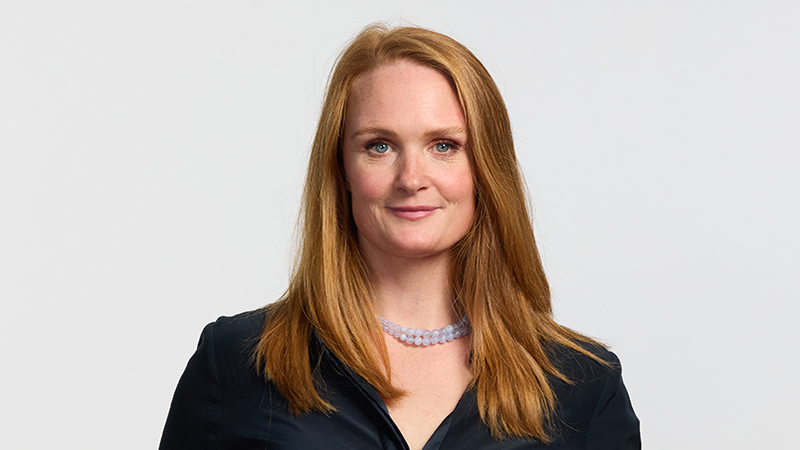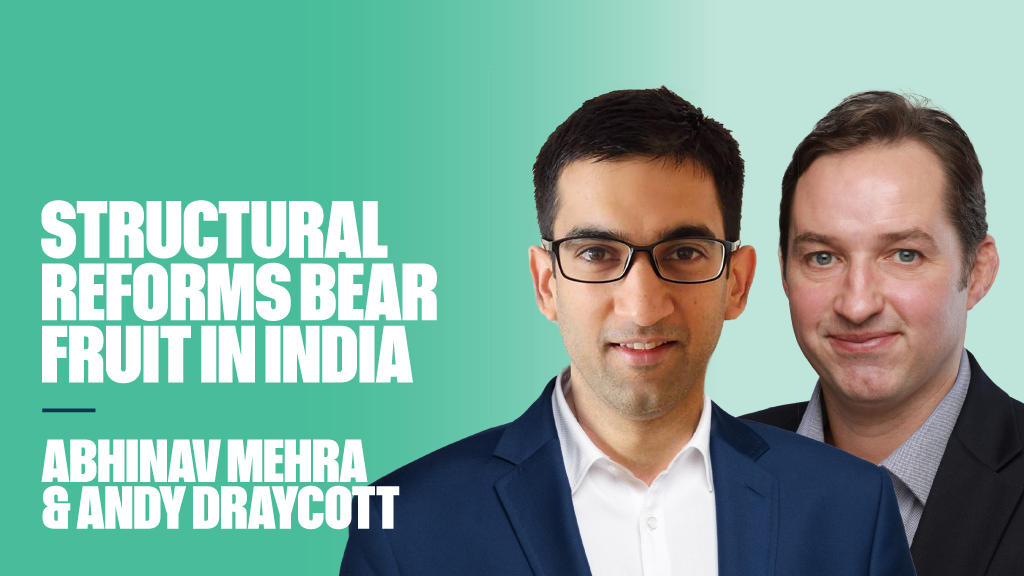Jon Jonsson, co-manager of the Neuberger Berman Global Bond Absolute Return Fund says that one of his strongest conviction overweights is the non-agency residential mortgage-backed securities space. The reason for that is because he feels duration risk is nearly zero within these assets and currently the projected loss-adjusted yields are attractive.
And, he added: “Fundamentals for the asset class are relatively insulated from risk factors impacting other fixed income sectors. Low oil prices and currency volatility, for instance, have a limited impact.”
Fraser Lundie, manager of the Hermes Multi Strategy Credit Fund is also looking deeper into the fixed income forest for opportunities. Currently he says the fund is finding a surprising amount of value in so-called ‘busted’ convertible bonds, which he explains as convertible bonds trading well below their equity conversion value.
“This mispricing tends to centre on technical/psychological factors. Convertible bond managers tend to have an equity background or mindset, quickly losing interest in low delta convertibles. Such bonds, given the relatively low payoff profiles and ‘theta’ (time value of the option), mean hedge funds rarely get excited by the opportunity, while real money investors to a large degree cannot buy the instruments due to mandate constraints.”
Wolfgang Bauer, deputy manager on the M&G Global Corporate Bond Fund says the fund is currently looking at ‘Yankee bonds’, US dollar-denominated bonds issued by European or other non-US entities.
Currently, he says US dollar corporate bonds are offering attractive spreads compared to euro bonds, but there are some reasons for this, in particular because the US economy is at a later stage of the credit cycle than Europe.
Yankee bonds, he says, “offer a way of getting around most of the credit-negative aspects of the US bond market while still getting exposure to the favourable USD credit spreads.”
And, he adds: “Yankee issuers are often less well researched by US analysts, and thus frequently offer a spread premium to engage the interest of US investors.”
However, he cautions, this currently favourable valuation of long-dated USD credit represents merely a snapshot in time.
“The ranges across which both credit spread differentials in global corporate bond markets and credit curve term premiums move are remarkably wide, thus it is important to adopt a sufficiently flexible global strategy.
Henderson Strategic Bond Fund manager, John Pattullo, also offers a note of caution, warning that it is risky to stray too far off the liquidity course given how far into the credit cycle markets currently are.
“Generally speaking, we still believe we are in a low growth and low inflation world. We are therefore looking for sensible yields and have invested very selectively – buying approximately one in six deals we look at.”











